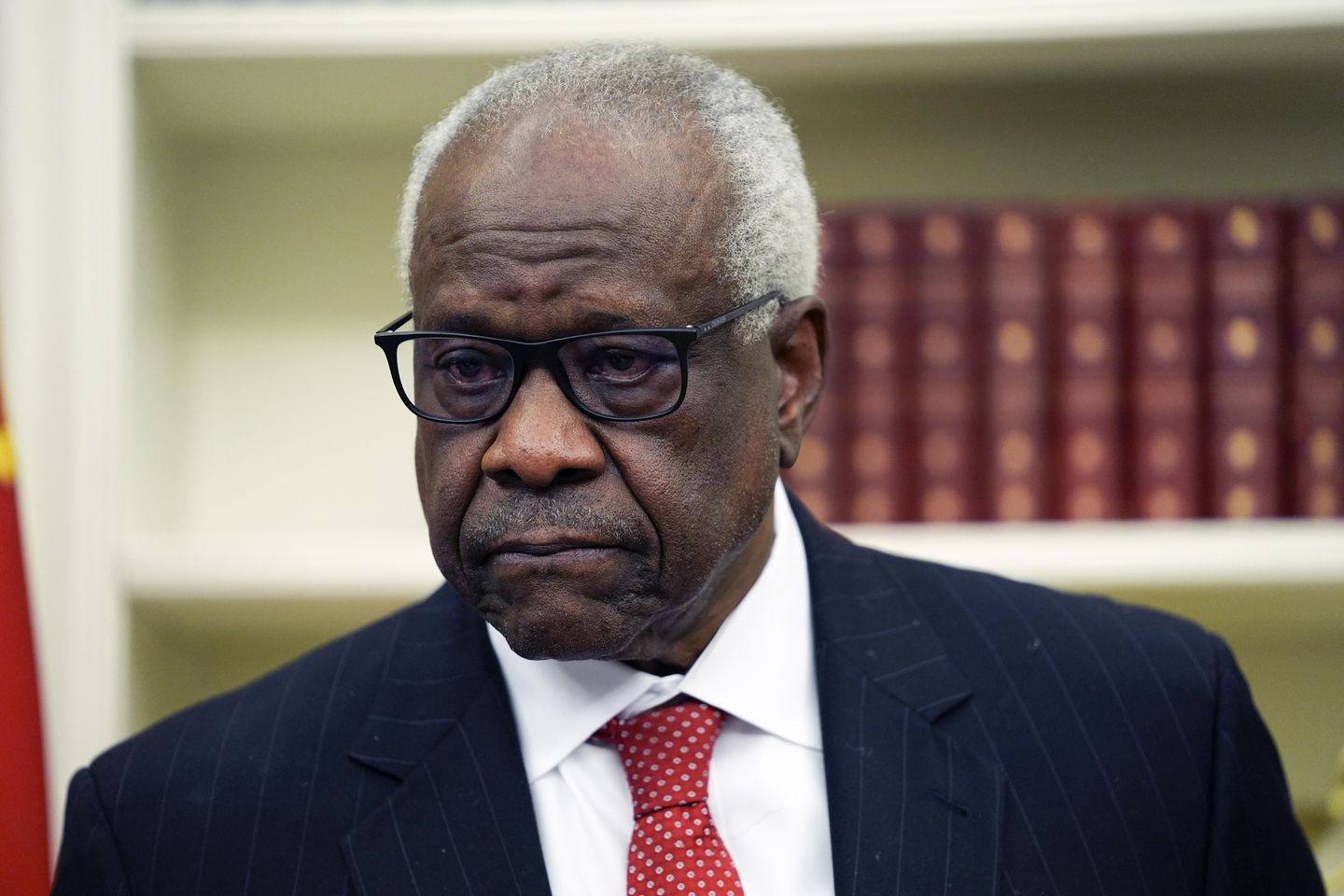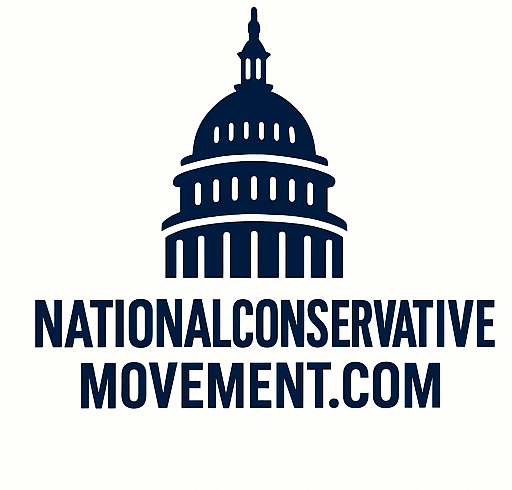
Justice Clarence Thomas defended the Supreme Court’s overturning precedent in a recent appearance at Catholic University Law School. Here’s what you need to know about the justice’s defense of departing from legal precedent:
The precedent philosophy
Thomas explains approach to stare decisis using train metaphor:
- The George H.W. Bush appointee, who has been on the high court for 34 years, said the justices cannot just “turn off their brains” as they review legal disputes
- He compared “stare decisis” — or legal precedent, where justices lean on prior rulings to uphold legal decisions — to a train on which the cars build upon each other
- “It’s not some sort of automatic deal where you can just say, ’Stare decisis,’ and then turn off the brain,” Justice Thomas said Thursday night
- “We never go to the front to see who’s driving the train or where it is going, and you could go up there to the engine room and find out it’s an orangutan”
The precedent standards
Justice argues precedent must be based on sound legal foundation:
- Thomas also said precedent is not holy writ
- “I don’t think that I have the gospel, that any of these cases that have been decided are the gospel, and I do give perspective to the precedent,” Justice Thomas said
- “But it should. The precedent should be respectful of our legal tradition and our country and our laws, and be based on something, not just something somebody dreamt up and others went along with”
- Suggests the court should scrutinize the foundation of previous rulings rather than blindly following them
The recent precedent overturns
High court has reversed several landmark decisions in recent years:
- In recent years, the high court has been criticized for overturning landmark precedents, most notably Roe v. Wade, the 1973 ruling that gave women a national right to abortion
- In Dobbs v. Jackson Women’s Health Organization in 2022, the justices sent the issue of abortion back to the states to regulate and more than a dozen conservative-led states have since moved to ban the procedure
- The justices also overturned affirmative action, a policy that allowed schools to use racial diversity as an admissions standard, in the cases of Students for Fair Admissions v. Harvard and Students for Fair Admissions v. University of North Carolina
- They also upended administrative law by overturning what is known as Chevron deference, under which judges would defer to administrative agencies’ rulemaking process
The upcoming precedent challenge
Court plans to revisit 1935 case limiting presidential firing power:
- Most recently, the justices announced that this term, which begins in October, they plan to revisit Humphrey’s Executor v. United States, a 1935 case that limited a president’s ability to fire officials at independent executive agencies
- The court’s conservative majority has already suggested it could overturn Humphrey’s Executor
- The justices have allowed President Trump to fire members of the Federal Trade Commission, the Merit Systems Protection Board, the National Labor Relations Board and the Consumer Product Safety Commission in recent months
- The pattern suggests the court may expand presidential authority over independent agencies
Read more:
• Justice Clarence Thomas defends Supreme Court overturning precedent, says cases aren’t ’gospel’
This article is written with the assistance of generative artificial intelligence based solely on Washington Times original reporting and wire services. For more information, please read our AI policy or contact Ann Wog, Managing Editor for Digital, at awog@washingtontimes.com
The Washington Times AI Ethics Newsroom Committee can be reached at aispotlight@washingtontimes.com.











